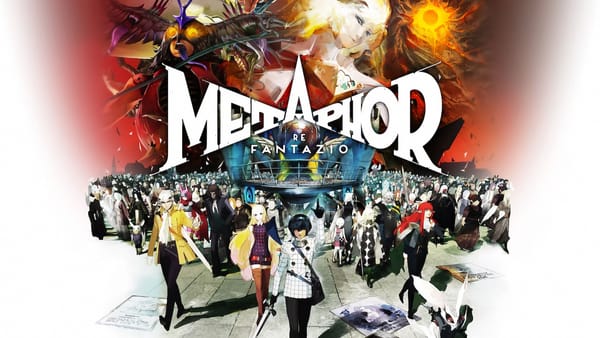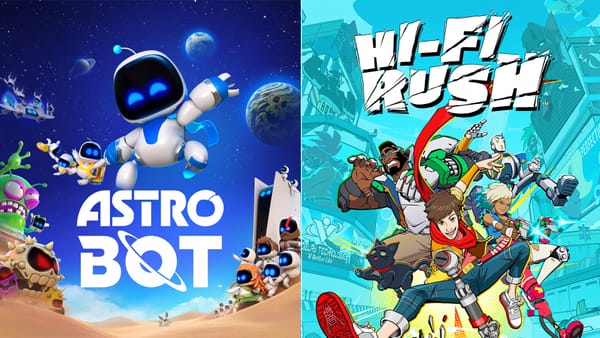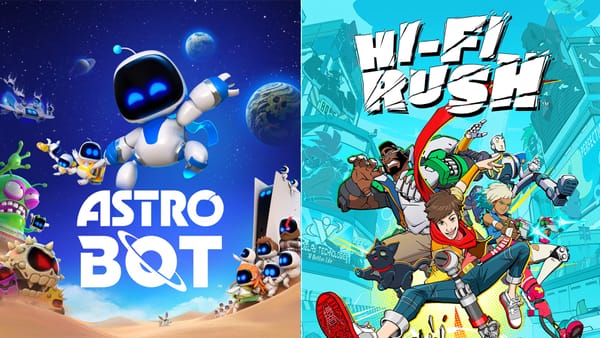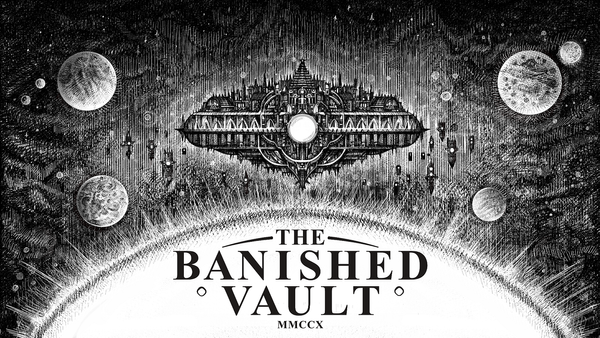Sekiro: Shadows Die Twice and confronting yourself
A guest Backlog from Brandon Walsh
[Hey all! Grayson here. This week’s Backlog comes to us from Brandon Walsh, head of student programs in the Scholars’ Lab in the University of Virginia Library, member of the Hard Modes, a very smart cookie, and good friend of mine. Truth be told, Brandon is what you might call a beta reader for Backlog, in the sense that I text him incessantly while I’m playing these games to sort through my ideas as they come to me. Recently, he played through Sekiro: Shadows Die Twice (twice, actually), connecting the experience of playing the game to cognitive behavioral therapy. Also, ~major spoilers~ follow, so proceed at your own risk. -GM]
My wife was, understandably, growing tired of watching me flail. I had died for what must have been the thirtieth time to one of the Seven Spears of Ashina, the first early boss to really challenge me as I played through Sekiro: Shadows Die Twice. I reloaded the game to fling myself on his spear again.
My downtime during the pandemic has been spent playing through the Soulsborne games. I’ve died. A lot. They’re some of the most notoriously hard games out there, a fact that has been read as a metaphor for depression. Rather than getting easier each time you die, the games actually become more difficult. Each time you revive, the levels reset to prevent you from slowly wearing them down. The games reward memorization and careful, methodical play. Endurance is required. It might seem masochistic to subject yourself to endlessly frustrating difficulty for fun while trapped inside, but, for me and others online, the experience has been largely therapeutic. You might die dozens of times in a single area before finding a way through that works. At the end of all the loss comes, finally, victory. Relief, when you finally overcome that boss you’ve been working on.
My playthrough of Sekiro corresponded with me starting up therapy again. It was difficult not to see the parallels between cognitive behavioral therapy and the game. Sekiro contains more overt narrative than other Soulsborne games, and that story largely involves dealing with the past.1 You spend a large part of the game recovering your memories of a particular traumatic incident, and that story leads you down a path where, in one plot beat, you must either kill your adoptive father or remain loyal to him and become a bloodthirsty monster that terrorizes Japan. Another character literally explodes into a flaming rage demon. You know. Typical therapy stuff.
But it’s one thing to watch characters struggle to address their own trauma. It’s another to have a game’s mechanics force you to confront yourself. Many bosses in video games have a trick to them: you use the right ingredients, the right spells, the right moves, and you can considerably cut down the challenge. In Soulsborne games, this is marginally less true, but you can still find the odd boss that will utterly evaporate under a flame spell. One persistent note in the entire series is that rolling forward grants a few frames of invulnerability, a mechanic you can exploit to dodge attacks.2 Playing the game becomes a matter of learning to exploit these weaknesses, look for an opening, and chip down the boss. Roll.
For most Sekiro bosses, there really is no trick. While you can damage them, that will only get you so far. In other Soulsborne games, blocking and deflection were, largely, optional mechanics. But in Sekiro, it is a requirement for success, requiring you to reassess old habits and engage in the game’s new “posture” system. By deflecting repeatedly in quick succession, you eventually accumulate enough damage to an enemy’s posture to give a deathblow. The game also punishes you for playing it safe: if you’re not deflecting, the enemy is recovering. You cannot beat Sekiro by being careful.3 Nor can you do it by favoring one ability over another. Other games might allow you to favor a single mechanic—a jump attack that you get really good at using, or a sweep attack that you can spam repeatedly with success. Sekiro requires to master all of its maneuvers, and one of them involves lunging forward into an oncoming attack only to dodge at the last second. In most games, I rush through the introductory popups explaining controls. About eight hours into Sekiro, I found myself returning to an NPC that offered combat tutorials to spend time training. I felt challenged by this game in ways I hadn’t experienced before. To play through Sekiro is to gradually master and overcome your own weaknesses as a player. To get better, in time, through patience and endurance.
In the latter moments of Sekiro, I rounded the corner of a burning building and encountered… one of the Seven Spears of Ashina. A different one. A key mechanic of the game involves fighting re-skinned, more difficult versions of most of the early bosses. In some cases, this re-skinning goes full J-horror and involves fighting a decapitated boss carrying its own head. But horror or no, by this point, you feel ready. You are ready. After hours of learning to step directly into a sword thrust, something changes in how you engage with the game’s world. On first encounter, the bosses are difficult, challenging, and infuriating in all the ways you’d expect. On re-encountering these enemies, you meet them almost as old friends.
When I finally beat Sekiro, I took a moment to bask in the relief of finally defeating Isshin, the Sword Saint. Then I immediately started a New Game Plus to do it over again. A second (or third) run takes considerably less time than the first, because you've already learned what the game has to teach you. The challenge remains, but you've already put in the work.
Other Soulsborne games contain plenty of story, but it's generally the sort of deep lore you accumulate from short descriptions of hundreds of items. Sekiro prefers to tell you a story more directly by way of cutscenes. ↩
Or, you know, cheese your way through an entire fight. ↩
Each time you die to the final boss he says “Hesitation is defeat” as he walks over your corpse, in case it wasn’t already clear to you by that point. ↩




